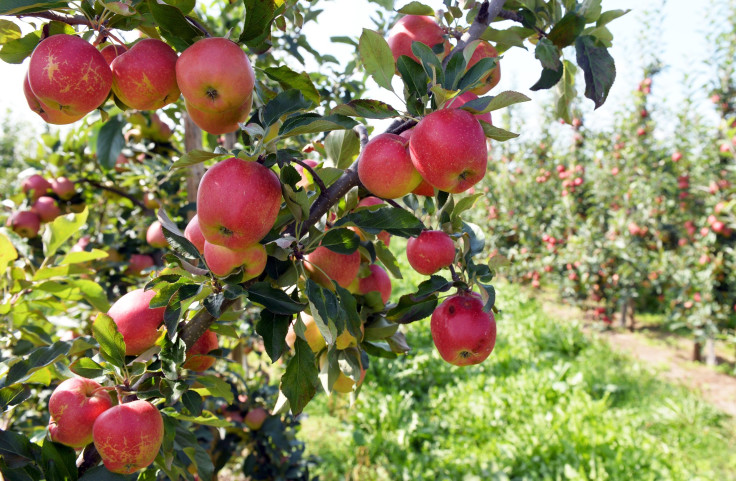The Best Foods For Weight Loss: Fruits And Non-Starchy Vegetables Dieters Should Eat

“Eat more fruits and vegetables” is an age-old tip for weight loss, but a new study published in PLOS Medicine suggests produce isn’t created equal.
“The 2010 Dietary Guidelines for Americans recommend that adults and children should eat a variety of fruits and vegetables to help them achieve and maintain a healthy weight. But are all fruits and vegetables equally good at controlling weight?” researchers asked. “In this study, [we] investigate whether consumption of fruits and vegetable with a higher fiber content or lower glycemic load is more strongly associated with a healthy weight than consumption of fruits and vegetables with a lower fiber content or higher glycemic load.”
Researchers from the Harvard T.H. Chan School of Public Health and Brigham & Women’s Hospital in Boston analyzed weight and diet changes in 133,648 U.S. men and women already enrolled in three chronic disease-related cohort studies. They specifically looked at the associations between changes in intake of specific fruits and vegetables and self-reported weight changes.
After adjusting for influential lifestyle factors, such as smoking and level of physical activity, researchers found that an increase in total fruit and vegetable intake led to a 0.53- and 0.25-pound weight loss, respectively. Yet, increased intake of starchy vegetables, like corn, peas, and potatoes, led to weight gain; non-starchy vegetables that are higher in fiber and lower on the glycemic index, including broccoli and Brussels sprouts, were more strongly associated with weight loss.
Eating more fruit was actually greater for weight loss, but the overall association appeared strongest when men and women ate more berries, apples, pears, tofu/soy, cruciferous and green leafy vegetables, such as cauliflower, broccoli, kale, radishes, Swiss chard, collard greens, rutabaga, and turnips (some of which pair well with these fall-inspired recipes). Researchers said this particular haul increases satiety while boasting fewer calories, which may be “partly responsible for the beneficial effects.”
Bonus: Just about all of these fruits and vegetables are in season for the fall, according to the USDA. True, you can pretty much get any fruit and vegetable in the supermarket all year round, but some believe seasonal eating does make a difference. For one, the flavor is better: The Guardian cited that “there is a natural body clock to food that makes seasonal food taste better.” And if you’re buying from your local farmer, the whole “farm-to-table” method sustains more of your food’s nutrients among other things.
That said, researchers aren’t sure these findings are “generalizable” — “nearly all the participants were well-educated white adults,” they said. The self-reported measures of the study may have also “introduced measurement errors.”
But that’s OK — fruits and vegetables are still what’s up for weight loss.
Source: Bertoia ML, Mukamal KJ, Cahill LE, Hou T, Ludwig DS, Mozaffarian D, et al. Changes in Intake of Fruits and Vegetables and Weight Change in United States Men and Women Followed for Up to 24 Years: Analysis from Three Prospective Cohort Studies. PLOS Med. 2015.
Published by Medicaldaily.com



























